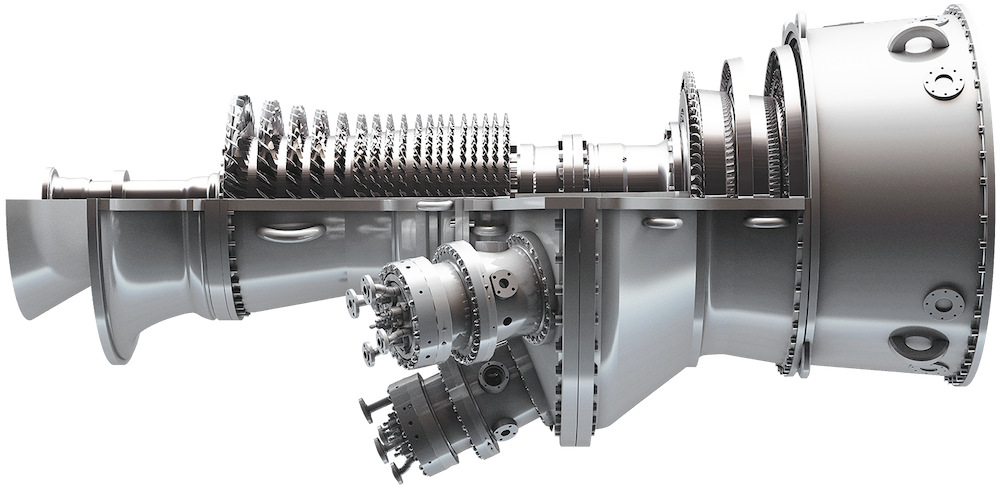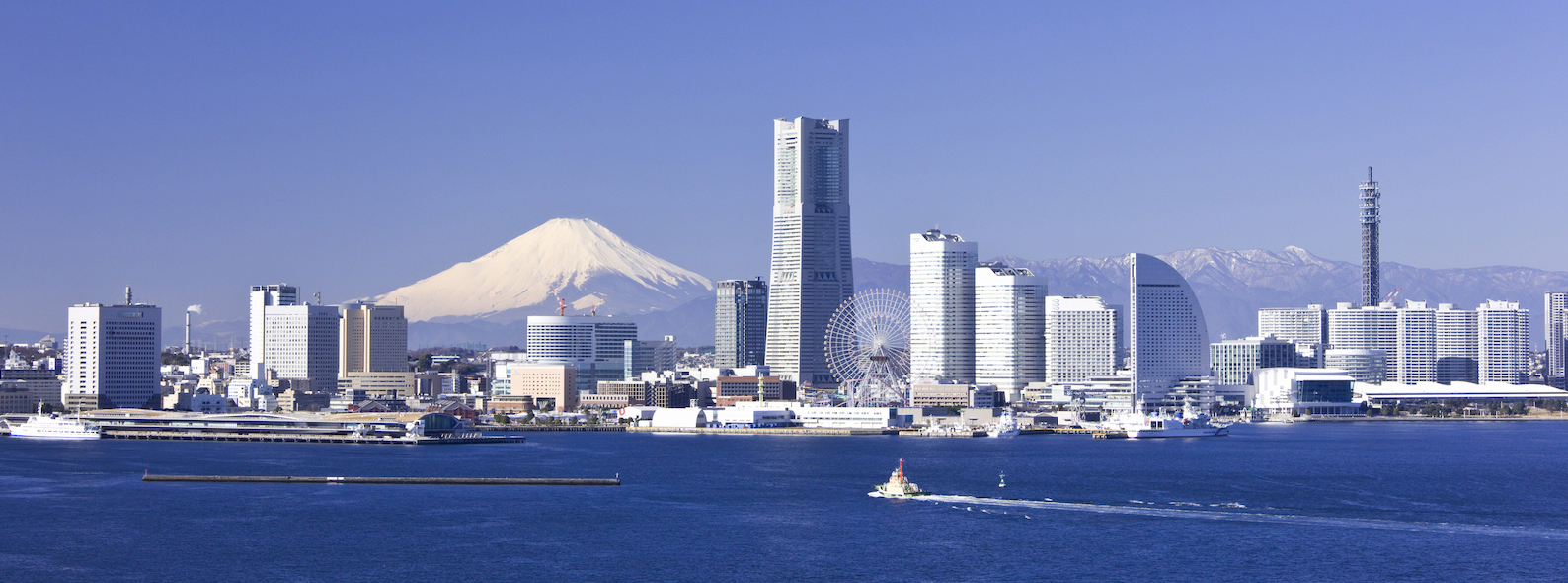The world needs a breakthrough to lower emissions from heavy industry, and a solution may be brewing in Japan. IHI Corporation, one of the country’s oldest manufacturers, and GE Vernova have teamed up in recent years to work to unlock the secrets of ammonia. Under their latest joint development agreement, signed on Christmas Day 2023, the companies will work for the next two years developing technology to combust ammonia in turbines that normally run on natural gas. If IHI and GE Vernova can scale up that technology to run on GE Vernova’s legacy fleet of F class heavy-duty gas turbines, they will have made a significant contribution to the ammonia value chain. That’s a world in which economically affordable ammonia could be made anywhere in the world using renewable power generation, then shipped across oceans and delivered to an industrial demand center, like Japan.
Ammonia is utilized today as a fertilizer, a chemical raw material, and, more recently, a fuel, effectively produced in industrial applications. In addition, when used as a carrier for hydrogen, ammonia enables efficient, lower-cost transport and storage of a carbon-free fuel that can be used directly in natural gas power generation. Since ammonia contains no carbon, it does not emit carbon dioxide when burned and may therefore enhance the power sector’s efforts in reducing carbon emissions.
“To me, this is a question of how do we help society?” says Jeffrey Goldmeer, director of hydrogen value chain at GE Vernova. According to Goldmeer, the ongoing work by IHI and GE Vernova to realize ammonia as a flexible, zero-carbon fuel has created real buzz in the industry. “We’re starting to see traction from customers. They’re asking, ‘Should ammonia be part of our plan, too? How could this help us in our decarbonization journey?’”
Emissions from heavy industry are the hard problem of decarbonization. The world will continue to need chemicals and steel, but wind and solar can’t create the high temperatures needed to produce them. But ammonia offers an entirely new path. If it becomes possible to achieve the high temperatures required by manufacturers by using ammonia, a very low-carbon, flexible fuel, it could finally mean moving on from coal and natural gas in petrochemicals and steelmaking.

For IHI and GE Vernova, using ammonia this way is no longer just theoretical. Over the past several years, IHI has been experimenting with ammonia in a small 2-megawatt turbine at its research-and-development facility, in Yokohama. In June of 2022, the company announced a breakthrough: It had succeeded in achieving the world’s first power generation through combustion using 100% liquid ammonia, demonstrating a more than 99% reduction of greenhouse gas emissions, with minimal emission of nitrous oxide (N2O).
“We are proud of our global technology leadership, demonstrating to the world that the combustion of 100% ammonia in a gas turbine is possible. Our collaboration with GE Vernova may help unlock a new decarbonization pathway for Japan and the rest of the world,” says Kensuke Yamamoto, IHI’s vice president of Business Development Headquarters and general manager of the company’s Ammonia Value Chain Project Department. IHI has for years been in hot pursuit of a grand vision in which ammonia, as an energy carrier, pervades industry, cleaning up emissions. The company calls this vision “the ammonia society,” and it’s similar to the vision many have voiced for ammonia’s cousin, hydrogen.

Hydrogen has been hailed as the decarbonization “Swiss Army knife,” but ammonia could actually be closer to cracking the code and becoming the end-to-end solution the world really needs. Hydrogen remains an important focus for GE Vernova, but unlike ammonia, it can’t affordably or easily be shipped across oceans.
“With IHI, we aim to develop and validate the combustion technology in the next two years, leading to a potential commercially available product by 2030,” Goldmeer says. The joint exploration will focus on crafting the combustion system that will convert GE’s F-class turbines, already deployed worldwide, to burn ammonia at scale. According to Goldmeer, that will require a two-stage combustion system, featuring “both a rich and a lean stage,” because even when you burn ammonia originally made with carbon-free sources, nitrogen oxide emissions are potentially very high. Getting those under control is critical for the IHI and GE Vernova teams, who will share in the fruits of their progress — and in any intellectual property that emerges from their venture.
Goldmeer points out that the IHI-GE Vernova strategy is to find ways to utilize global systems already in use, as a way of making the ammonia value chain fully come alive. For example, ammonia is already shipped worldwide, the ships and the ports already exist, and the large F-class turbines that GE Vernova and IHI will retrofit are already installed. The teams at GE Vernova and IHI have analyzed the economics of ammonia shipping in their previous work together, and assuming successful potential retrofit of the F class turbine, there will be an additional challenge to solve: making ammonia with renewable energy. That part of the puzzle will unfold on its own, in domains like Australia and the Middle East, where sunblasted, wide-open land can more easily host ammonia-making infrastructure, with solar and wind powering the process.
Goldmeer says the job now for IHI and GE Vernova is to unlock the demand side with a breakthrough ammonia-burning-capable turbine — and there’s no better place to develop it than industrial Japan, a large consumer of imported energy. “Learning isn’t always linear. Two steps forward, one step back,” he says. “But over a period of weeks and months, I expect that we’re going to learn a lot. I’m really excited.”
